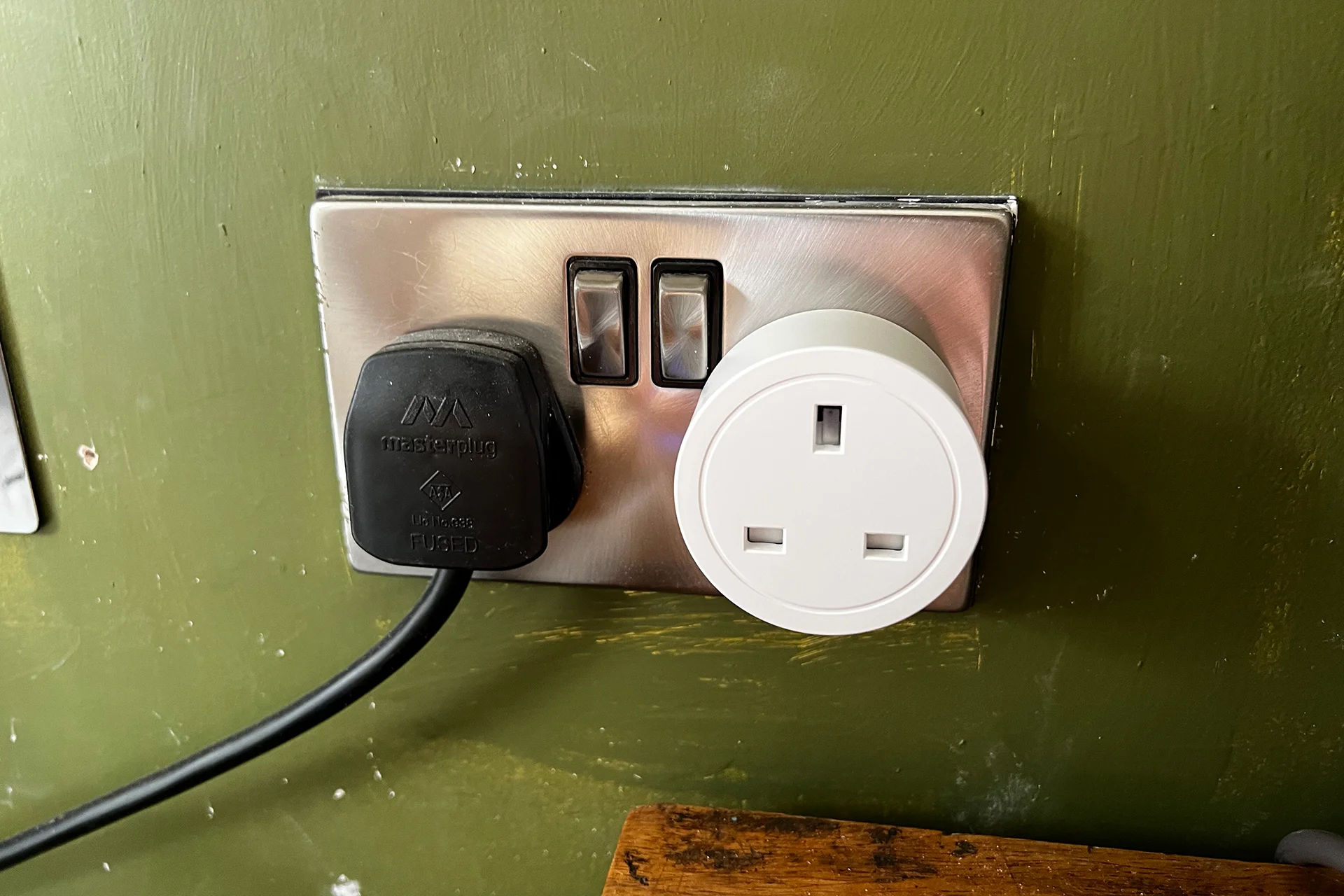You can typically tell when your entire house loses electricity because of a problem with the breaker panel or the utility provider. It is far more difficult to detect new electrical outlets that need installation and maintenance and are only malfunctioning in one room.
Most people have no idea what is concealed behind an outlet. As a result, homeowners usually have trouble figuring out the problem when a plug stops working. The majority of homeowners frequently deal with damaged outlets. Fortunately, most outlet issues may be resolved without consulting a professional. The electrical experts at Roman Electric are here to help.
Reasons your electrical outlet not working
1. Half-hot outlet
It could be caused by a switched or partially heated outlet. The duplex outlet, which has room for two receptacles, is typically seen in bedrooms, living rooms, or other places where floor lamps or nightstand lights are used. They enable the simultaneous insertion of two devices.
Unlike conventional outlets, half-hot outlets have a wall switch on one side, which is permanently ready to provide electricity. The controller can be easily flipped on and off without repeatedly flipping it. In the case of an outlet that only works on one side, look for a switched outlet.
2. Tripped GFCI outlet
Outlets turn off when they notice a short, ground fault circuit interrupter (GFCI). GFCI outlets are utilized in restrooms and other wet locations, such as those near sinks, to prevent electrical shock. The reset and “test” buttons between the sockets help you tell them apart. If your circuit breaker hasn’t tripped, but a GFCI outlet isn’t working, the outlet itself may be tripped. All the GFCI outlets in the area will be reset by pushing the reset button.
3. Loose connecting wires
You might wish to get advice from a specialist at this stage. Loose wiring may be the cause of your defective outlet. To examine your wiring, ensure the breaker is turned off. After that, take out the screws holding the outlet’s front plate to the wall.
Pull the outlet a few inches out of the wall. Examine the cables that attach to the outlet. You will need to adjust any loose wires and tighten the screws.
4. The circuit breaker tripped
Your home’s electricity distribution is under the management of your circuit breakers. When a circuit trips, it is generally because that circuit is overloaded. The course is in issue, and all the attached outlets have lost power. Another symptom is if your outlets are functioning correctly, but your lights are not, as lights are often on different courses.
5. A fuse has blown
If your house is older, a fuse box rather than a circuit breaker can be present. Like contemporary circuit breakers, a fuse can melt to stop the power flow to a specific circuit when overloaded. You won’t have electricity to the problematic outlet until the blown fuse for that circuit has been replaced.
Read More: What Is a Canned Motor Pump and Benefits over Traditional Pumps?
How to reset a GFCI outlet?
Imagine that your breaker is not tripped but experiencing a partial power loss or that one of your electrical outlets is not functioning. In either scenario, the GFCI needs to be reset before you can turn the electricity back on. You must make sure it’s safe to do that before you proceed. All of the plugged-in equipment has to be unplugged or turned off.
If so, deactivate all the light switches and remove all electrical appliances (such as space heaters) attached to the impacted circuit before attempting to reset the GFCI. If it won’t reset, switch off the circuit breaker for the troubled circuit, reset the GFCI, and then turn it back on.
Troubleshooting dead outlets
The next step is troubleshooting the outlet itself if it looks like a problem when a wall socket stops operating and circuit breakers are not triggered. The most common cause and reasonably easy repair is a loose connection. Turn off the energy to the outlet at the electrical panel by flicking the breaker switch to OFF to prevent electrical accidents and injuries.
Remove the outlet faceplate with a screwdriver, then carefully remove the outlet from the wall-mounted box. Examine the terminal screws to check whether they have come loose and compromised the wiring’s connection. If your outlet has wire connections that are stabbed in, check to make sure the wires are positioned appropriately.
If you can’t tell by looking, carefully bend each wire at its screw connection or tug on each wire to check for stab-in links. Any slack connections should be tightened.
Conclusion
Incorrect usage of wire nuts might be one of the causes of an outlet not working as well as it should. Fasteners called wire connectors are used to join several electrical wires in a box firmly. They aid in preventing cables from touching one another. To fix the problem, an electrician can connect the connections as needed.
FAQs
Apart from this if you are interested to know more about What To Do If Outlet Stopped Working In Detail then visit our TECH category.













